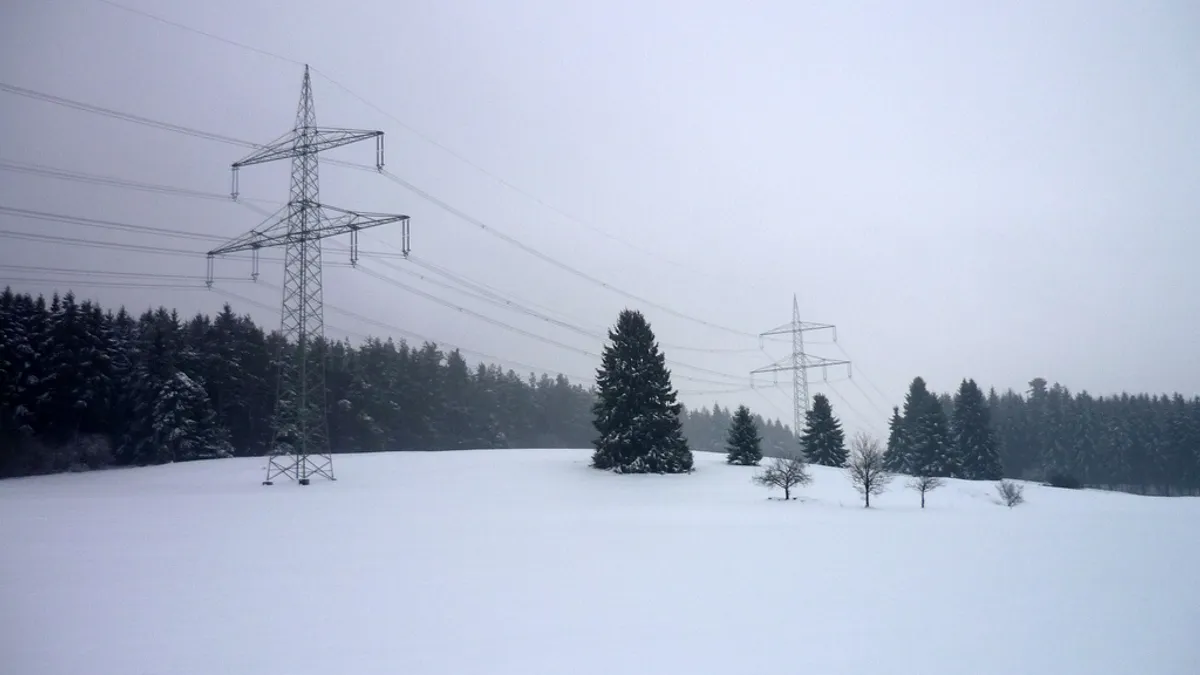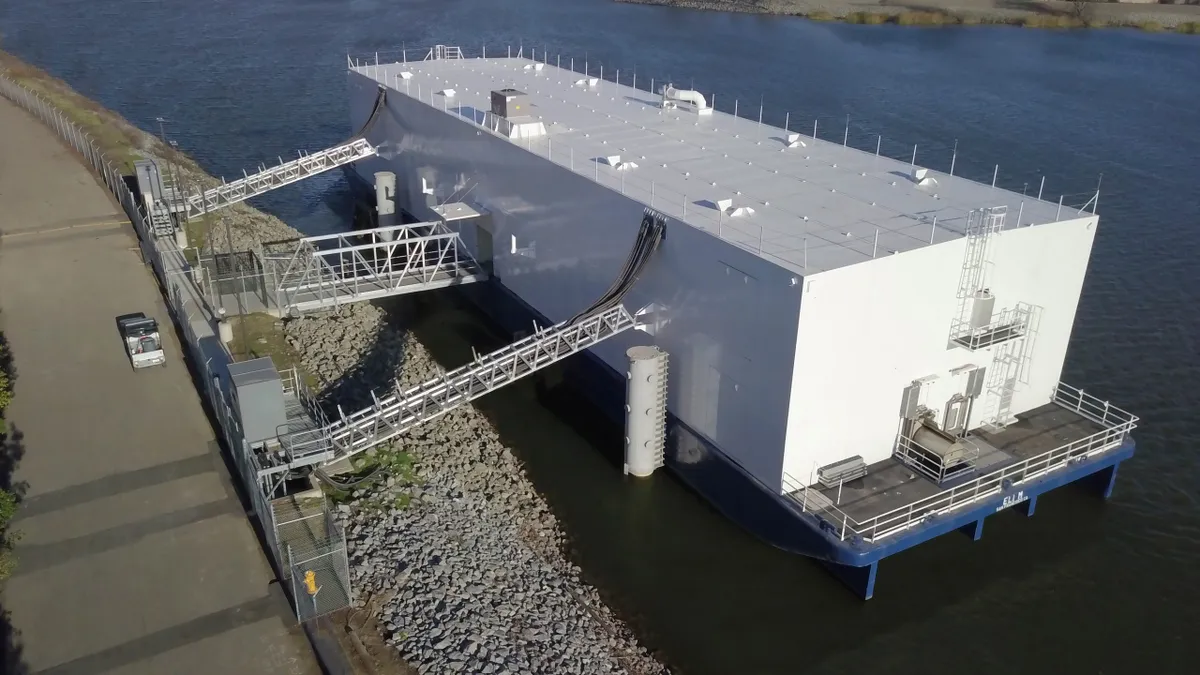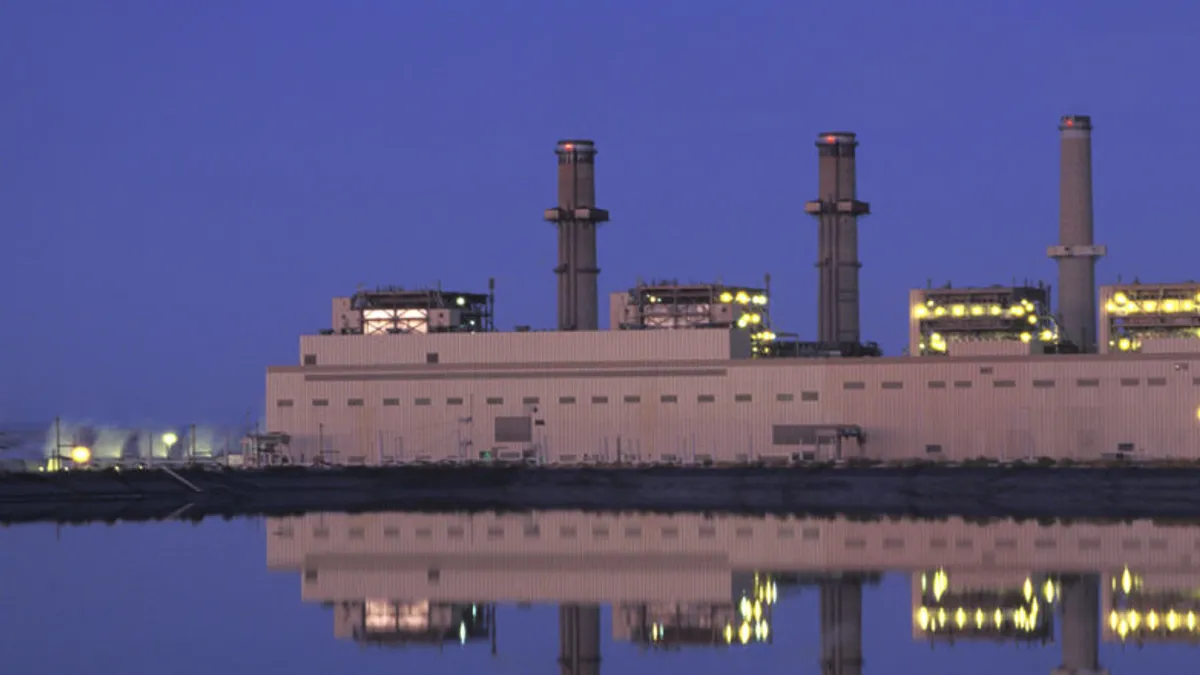During the recent cold snap affecting much of the Northeastern U.S., power grids were close to their limits.
FERC was preparing for the worst, granting waiver requests to allow bids in excess of $1,000/MWh, which it does at times of significant scarcity. The New England grid operator, ISO-New England, testified to the U.S. Senate on their reliability concerns with fuel security, after the region experienced rapidly dwindling oil supplies, extremely high gas prices, and a loss of a large nuclear plant. The CEO of PJM Interconnection LLC testified that they needed every resource they had.
As post-mortem analyses are performed to inform national resilience discussions, operators and regulators should include among the lessons learned that grid operating technologies helped keep the lights on. Two examples highlighted in initial New York and New England assessments were power flow control (shifting power flow to less congested lines) and Dynamic Line Ratings (changing transmission flow limits based on ambient conditions). These technologies showed their value for saving consumers money and improving system reliability and resilience, demonstrating the potential benefits if they were deployed more extensively.
Optimizing network infrastructure
Most participants in transmission policy discussions assume the grid is a fixed, unchanging asset. Northeast power markets operate according to “bid-based security-constrained economic dispatch” in which the transmission system is a set of constraints to the generation dispatch optimization. But now, as with most industries across the economy, modern remote monitoring and control technologies allow the network infrastructure itself to be optimized, increasing efficiency, reliability and resilience. Recent experience bears this out.
Dynamic Line Ratings came into play when New England — the hardest hit region — in the middle of the bomb cyclone weather event, moved out of normal conditions and issued an Abnormal Conditions Alert “for all of New England due to the extreme weather followed by forecasted extreme cold as well as fuel supply concerns.”
ISO-NE’s report stated, “At 16:00 on 1/3/18, the scheduling limit on the NY A.C. ties was increased from 1,400 to 1,600 MW. The increased limit was made possible by the cold conditions which helped to improve thermal transfer capability.” Normally, ratings are fixed based on worst case (think hot, sunny, windless) conditions. But when it is cold, cloudy, or windy, lines are cooled, so they can physically deliver more energy without sagging or over-heating. Changing the ratings based on ambient conditions allowed 200 MW more imports than normal levels from New York to New England, where the power was most needed.
Baby steps to DLR
ISO-NE’s action is a good example of a first baby step towards Dynamic Line Ratings (DLR). Full implementation of DLR would have all key thermally-limited lines monitored at all times, with flow limits adjusted throughout the days, weeks and seasons. Not only can this help keep the lights on during emergencies, it can dramatically reduce dispatch costs and save consumers money.
In all likelihood more could have been done with DLR during the bomb cyclone as well; there were up to 200 MW of congestion-related wind curtailments in New England during the event, so if those lines had been monitored and dynamically rated, the perceived congestion might have been revealed to not actually exist, allowing up to 200 more MW of much needed power to flow.
Power flow control also came into play during the same weather event. Power flow control allows power to be diverted from one path to another to avoid congestion and move power to where it is needed. There was significant congestion in New York during the event, with 50-100 percent higher locational prices downstate (Zone J) compared to Western New York (Zone A), and a few calls for Transmission Loading Relief, when transmission schedules are curtailed due to congestion).
Power flow control through Phase Angle Regulators (PARs) helped: according to NYISO, “The two Ramapo PARs had positive impacts – full utilization of 500 kV #5018.” NYISO has publicly praised the reliability and efficiency benefits of power flow control: “The control capability provided by the two Ramapo PARs increases operational flexibility for NYISO. Power injections can be directed where needed for reliability.”
PAR technology has been around for many years. There are new modular power flow control devices on the market that can be scaled easily and be deployed quickly, allowing for this type of control ubiquitous across the grid.
Grid operators and state and federal economic and reliability regulators should take note of the reliability, resilience and efficiency benefits of modern grid utilization technologies based on recent experiences and a large and growing body of experience in the U.S. and abroad.
Rob Gramlich is executive director of the WATT Coalition.

















